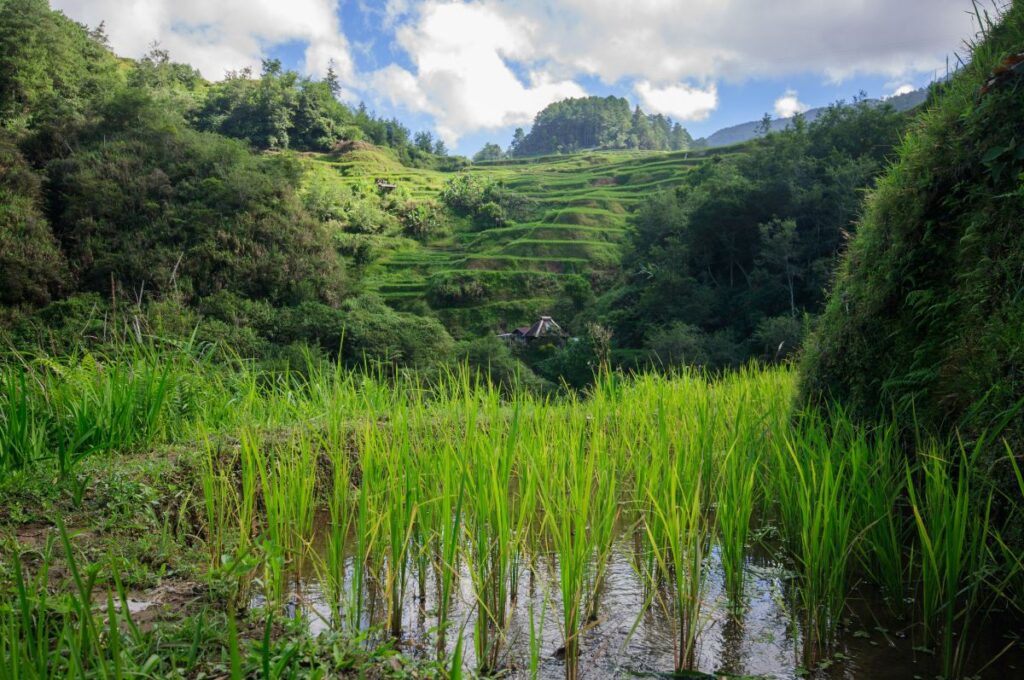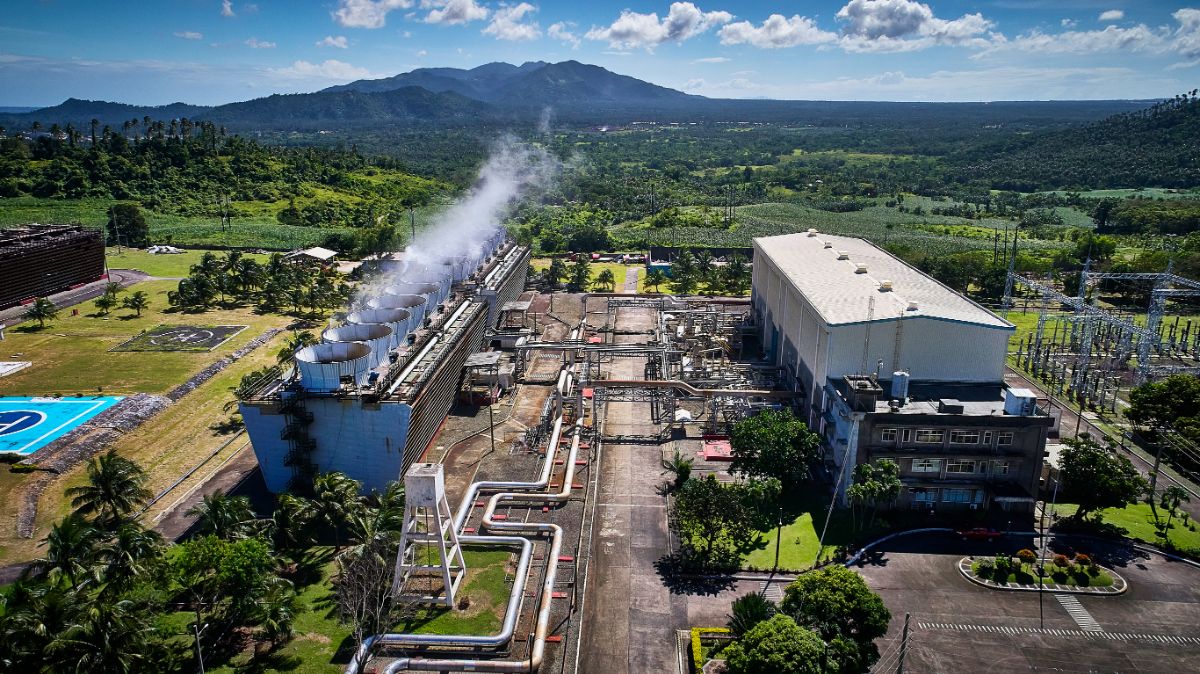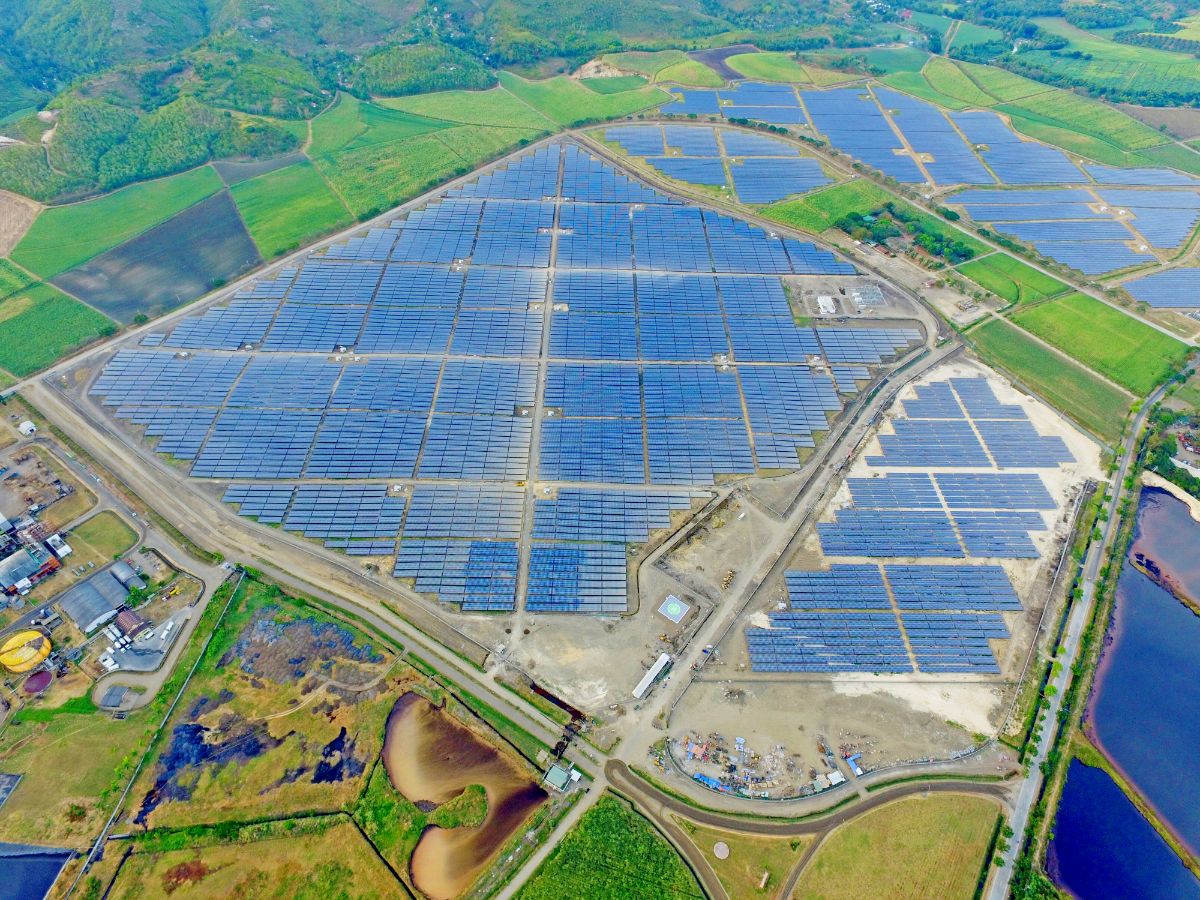
The Philippine economy had boomed in the past, once hitting a 6.4% annual GDP growth rate and earning a spot on an elite list of countries experiencing uninterrupted development for more than two decades. However, the situation is starkly different today. The ongoing global health crisis has spared no one, affecting even the most powerful countries and even more so developing nations such as the Philippines.
As we pick ourselves up and move forward, we will need ample, reliable, and cost-effective energy to fuel our economy’s rebound. But in the face of external pressures to address climate-related risks, what kind of solution should we come up with? One answer comes to mind — renewable energy.

While there is an imperative to shift to cleaner, more sustainable energy sources, continued dependence on fossil fuels still makes a lot more sense for countries like the Philippines, where coal-fired power plants are still the most feasible and cost-effective option for baseload power generation.
A low-carbon economy, which the Philippines and the rest of the world look forward to having, is hinged on an equitable and timely energy transition. This strategy is necessary to ensure the economy doesn’t experience any shocks, given how the cost is still a primary concern about the transition.
With a growing understanding of this movement, more companies and other commercial consumers are making the pivot toward more sustainable operations by adopting RE use.
The Philippines and other developing countries are facing the brunt of the global climate emergency, making the impact of the energy transition more felt compared with its developed counterparts.
For so long, the country has been dependent on fossil fuel imports, which makes us vulnerable to price volatility and supply constraints. As a result, we have among the highest electricity rates in Southeast Asia.
However, what the Philippines lacks in fossil fuel resources, it makes up for natural assets ideal for RE generation. This fact opens up opportunities to build more alternative energy sources and create reliable and affordable energy infrastructure for everyone’s benefit.
Once we move away from import dependence and tap into our country’s vast renewable energy potential, we improve our energy access, energy security, and energy sustainability.
Filipinos will be shielded from price fluctuations and will enjoy increased energy access even in rural and off-grid communities. Switching to renewable energy can also boost local economic development, and promote our investment climate — which, in turn, will naturally lead to more jobs, reduced commodity prices, and a more favorable economy.

The Aboitiz Group recognizes that providing renewable energy solutions is key to solving the global challenge of power consumption and its negative environmental impacts. That’s why through our hydroelectric, solar, thermal, and geothermal plant facilities, we fill the nation’s growing power needs while championing efforts that minimize adverse environmental effects.
Despite the many challenges that stand in our way, our goal of reaching carbon neutrality and energy transition by 2050 is entirely possible — and our outlook is positive. The growth of our Cleanergy portfolio in the next 10 years will strengthen our contribution to the Philippines’ renewable energy goals.
This shift is heavily supported by several government initiatives from various branches, such as Congress’ recent resolution to declare a climate emergency. The Department of Energy (DOE) also declared a coal moratorium in 2020, which effectively bans the proposal and entry of any new coal-fired power plant in the country.
These steps have allowed for new investments in renewable energy to be promoted, with the DOE also announcing that they are looking into opportunities to expand or establish renewable, low-carbon, and no-carbon energy sources to fulfill the country’s growing energy demands.
While making this transition will initially be expensive — and time-consuming — we know that the long-term benefits we will reap as a country will be worth it!
Aboitiz, through Hedcor, has been in the renewable energy sector for a long time, pioneering hydroelectric power generation over four decades ago. Today, AboitizPower, together with its partners, is the largest owner and operator of renewable energy based on installed capacity.
We support this call for cleaner, more sustainable energy sources by focusing in the next 10 years on further developing our renewable energy portfolio.
With the continued exponential growth of our Cleanergy portfolio, we aim to significantly contribute to our country’s renewable energy aspirations, as well as to global sustainability goals.
Shifting to renewables is simply the best chance we have to achieve energy independence and address the energy trilemma of ensuring energy security, providing access to affordable clean energy, and achieving environmental sustainability.
Having renewable energy is also a great and responsible way for us to help push for rural electrification.
By building up our Cleanergy facilities across the Philippines, we can achieve energy independence and a literally bright future for everyone. Read more about how we transform our energy resources into Cleanergy here.
AboitizPower’s Cleanergy portfolio, which seeks to provide reliable and ample sources of renewable energy in the Philippines, is our solution to the current energy and climate crisis. With the clean and sustainable energy we supply, we can reduce adverse impacts on our environment and economy while maximizing the benefits for our customers.